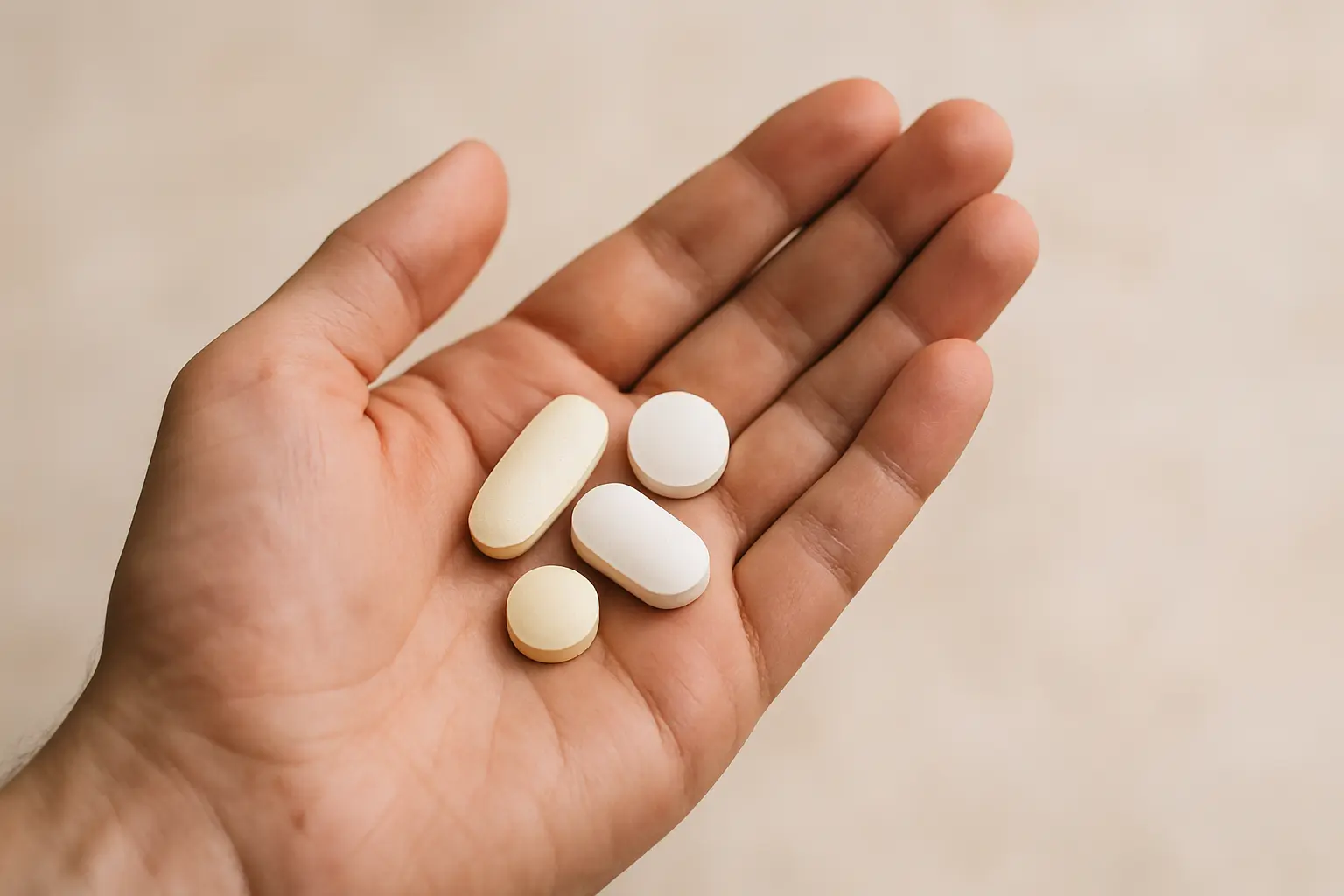NAD injections have become increasingly popular in wellness circles, promising enhanced energy, improved cognitive function, and anti-aging benefits. However, like any medical treatment, NAD therapy comes with potential side effects that patients should understand before starting treatment.
Nicotinamide Adenine Dinucleotide (NAD) is a crucial coenzyme found in every cell of your body, playing a vital role in energy production and cellular repair. When administered through injections or IV therapy, NAD bypasses the digestive system for direct cellular delivery. While this method offers higher bioavailability than oral supplements, it can also produce more immediate and noticeable side effects.
Understanding these potential reactions isn't meant to discourage treatment—it's about making informed decisions with proper medical guidance. Most NAD injection side effects are mild and temporary, but knowing what to expect helps you prepare and recognize when professional attention might be needed.
This comprehensive guide covers everything from common injection site reactions to rare but serious complications, helping you weigh the benefits against potential risks. Whether you're considering NAD shots for energy enhancement or exploring NAD IV treatment for wellness optimization, this information will help you approach treatment with confidence and realistic expectations.



